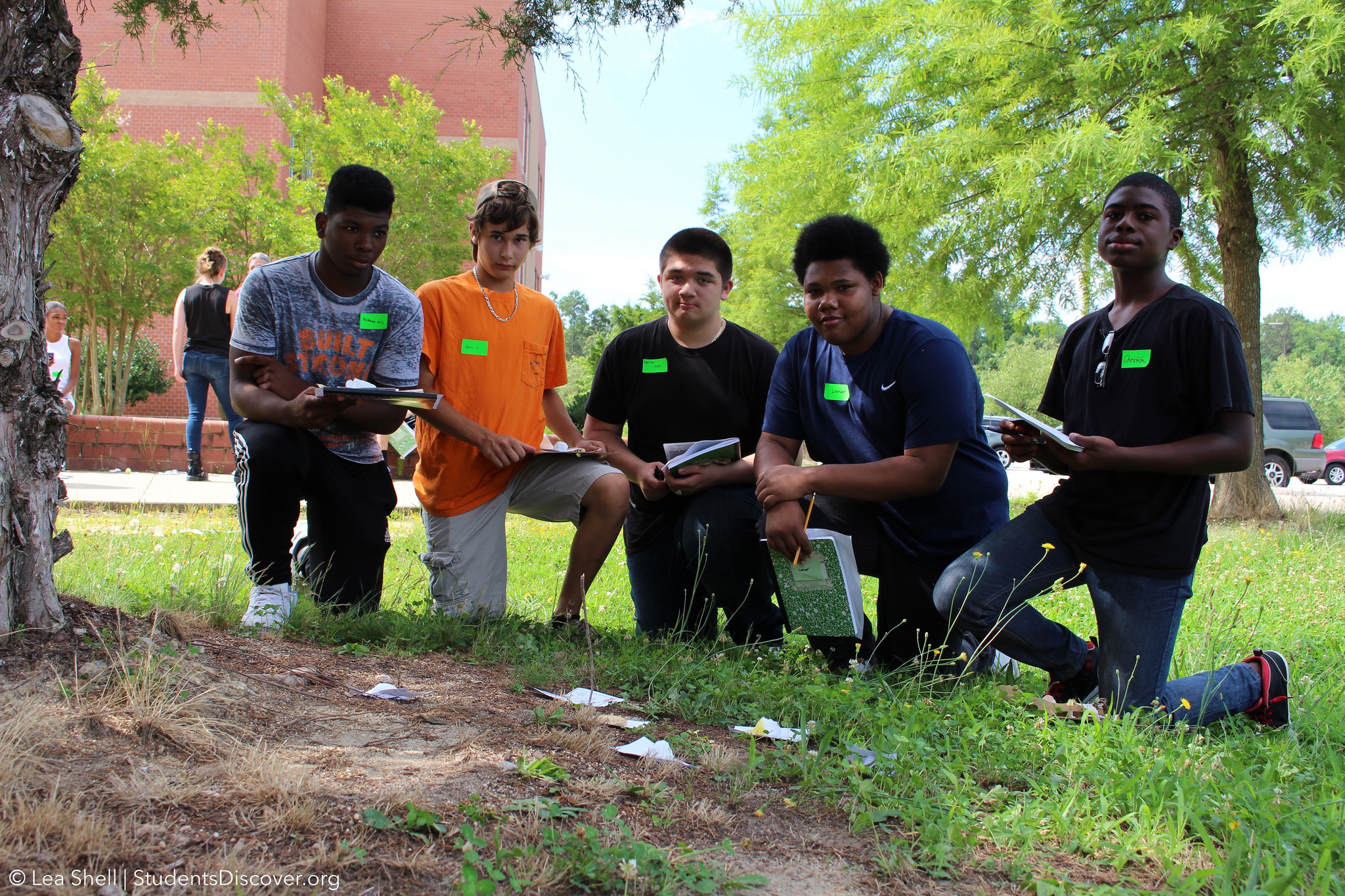*This post contains affiliate links. As an Amazon Associate, I earn from qualifying purchases. This means when you make a purchase, I get a commission at no cost to you! Read more about my affiliates on my Affiliate Links Disclaimer.
By working with dozens of teachers around the world, I know the impacts of eMammal citizen science on kids are real. When we started five years ago, we were one of the first projects working with K-12 classrooms. Now, I’m at the Citizen Science conference and I am hearing from teachers and program managers from all over the world on how citizen science has changed the kids in their classrooms.
If you’re a teacher, you should consider incorporating citizen science in your K-12 classroom. I’ve outlined 13 important reasons why citizen science is a game changer. These reasons come from teachers at the conference, and many were outlined by the Kenan fellow teacher that I worked with and keynote speaker of the conference, Rachael Polmanteer. Rachael aims to have 90% of her classroom activities generate from citizen science! Here are the 13 reasons why you need to use citizen science in your K-12 classroom:
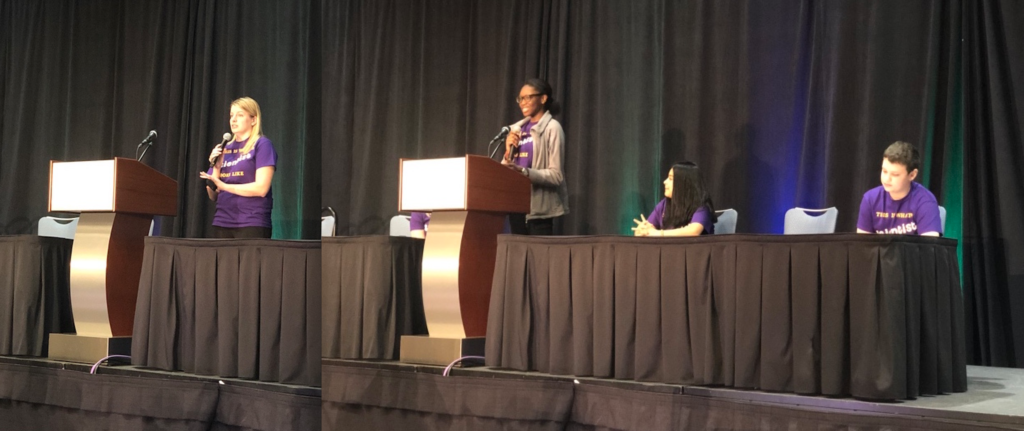
1. Citizen science transforms individual students. I’ve learned from different teachers at the Citizen Science conference and from my own experiences with teachers that citizen science can change the trajectory of students’ lives. Rachael Polmanteer told the story of one of her students who said that science was never her thing. She only joined eMammal because Rachael asked her to and she only got her to do so by telling her that her best friend was doing it too. Now that this student is in high school, she is not only doing well in her science coursework, but is also voluntarily taking science electives! She is even considering pursuing a STEM (science, technology, engineering, and math) career.
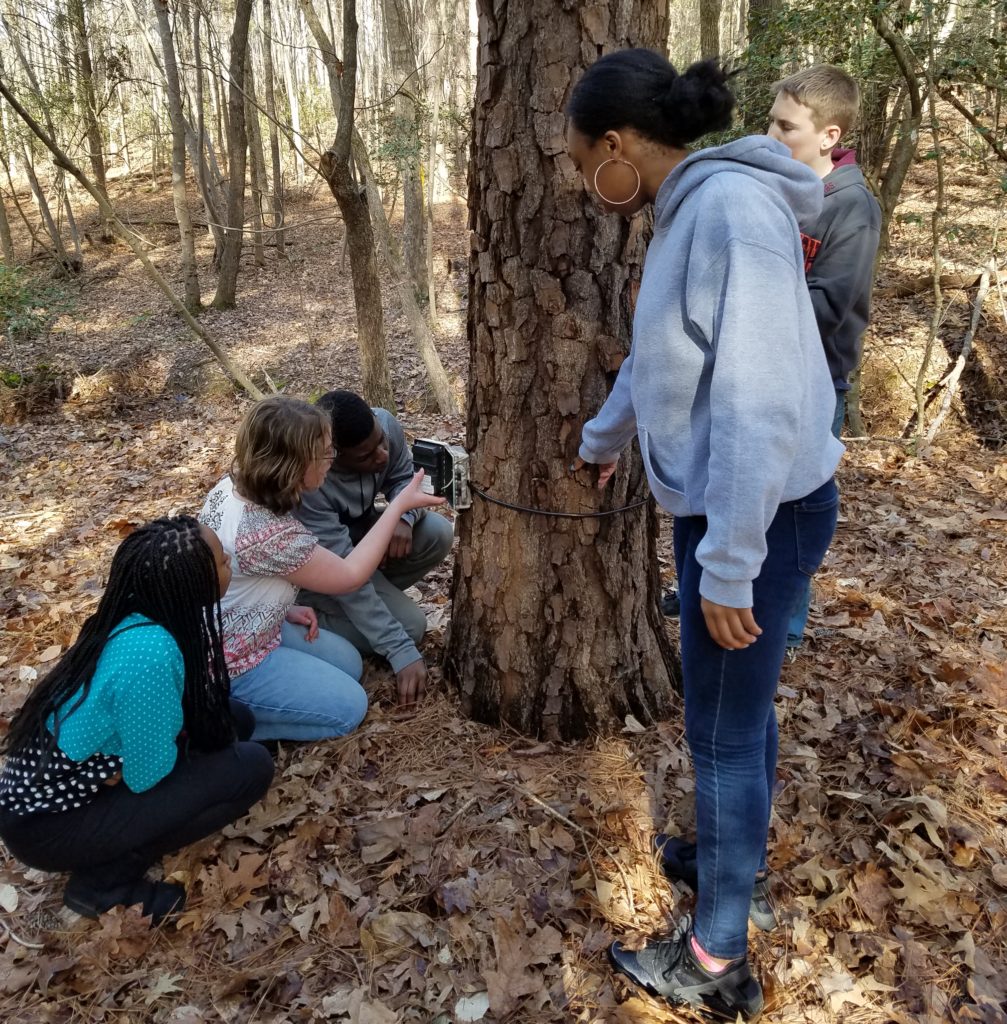
Over and over again, I hear teachers say that citizen science lets them “see different sides of their students.” Students that are not normally interested in science became interested. Students that normally aren’t excited about science become excited.
Here are the results from one citizen science project presented at the conference:
- 76% of students were more interested in science
- 54% were more interested in school overall
2. The results of citizen science are truly unknown. Laboratory exercises are designed to produce a certain outcome to demonstrate a principle. Sometimes students even know the principle beforehand. Citizen science on the other hand is real science. We are asking questions that haven’t been answered before and we therefore don’t know what the results will be. Teachers at the conference reported that when doing traditional laboratory experiments, students were not as excited because they knew what was going to happen. With citizen science you don’t and there is a sense of mystery and discovery.
3. Students can make discoveries important to science. When running a citizen science paleontology program on shark teeth, one of Rachael’s students found a shark tooth from a species that wasn’t supposed to be in that area. The scientist was visiting the classroom that day when the students were conducting the research and he was surprised that the student found this species. The student was equally surprised and bragged the whole day about how he made an important discovery to other classmates.
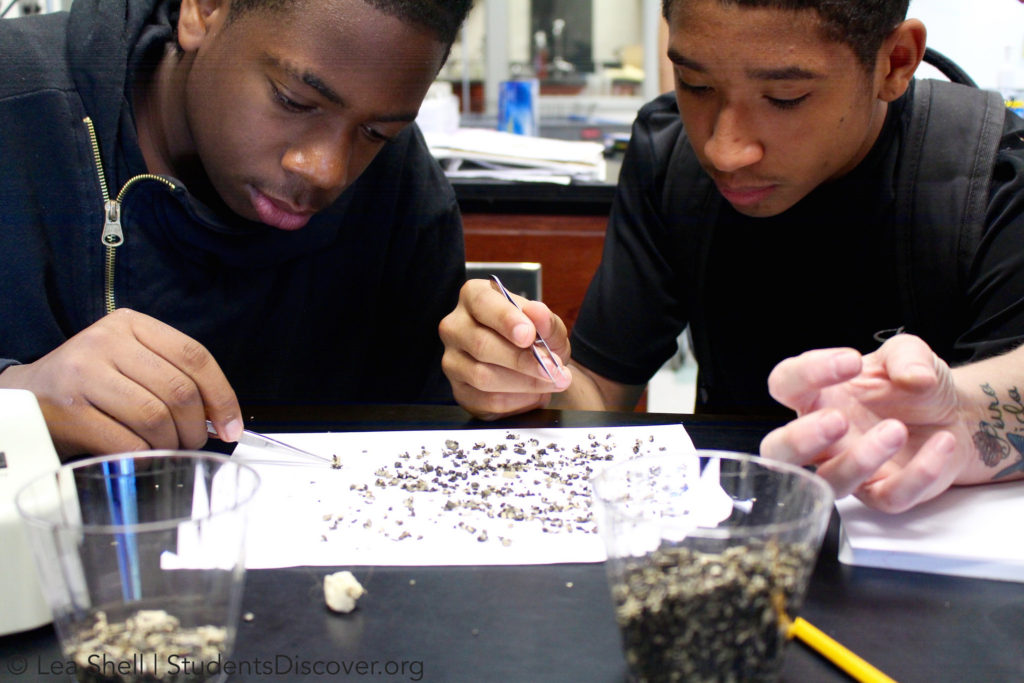
4. Students can learn from their own experiences and even teach each other. Again, in Rachael’s class, a small group of students learned how to set up the camera and collect the data. Then they shared their process with the entire classroom. The citizen science project went from 8 to 140 students quickly.
5. Students think outside of themselves. One of Rachael’s students lost a nail while doing a BioBlitz (a biodiversity survey where you try to sample as many organisms in a short time frame). The student was so upset and Rachael was surprised to learn it was because she was worried about how her nail would impact the animals and the environment, and not that she actually lost the nail!
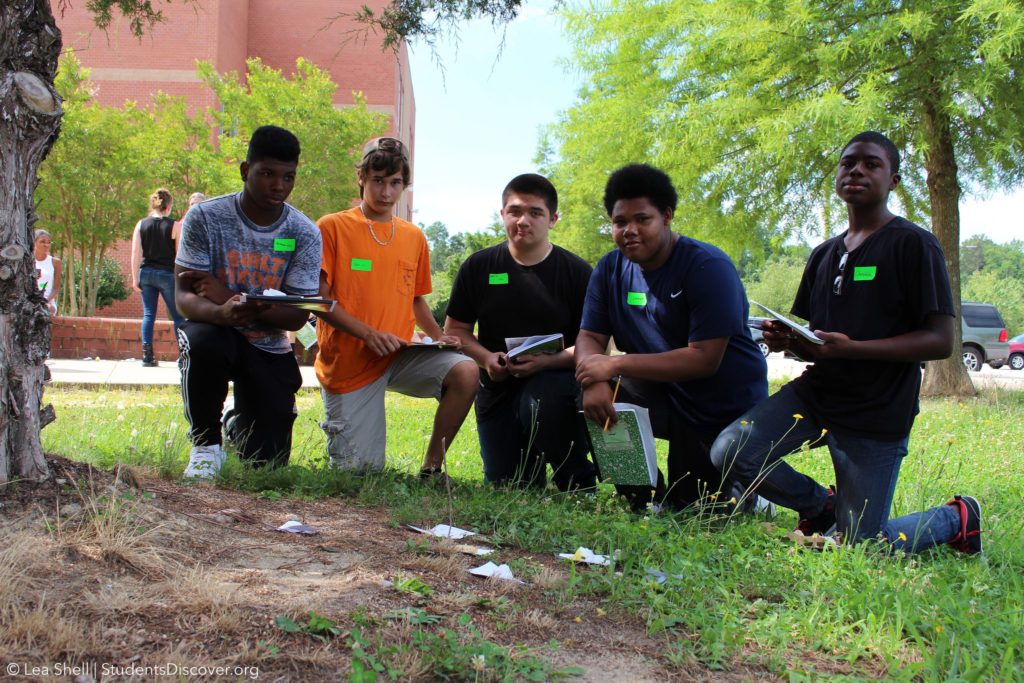
6. They learn! Rachael states “By doing citizen science, my students have shown growth. They are passing their assessments.”
7. Students who have a difficult time learning other ways can learn through citizen science. Students who can not speak English or read way below their grade level can not learn from textbooks, but they can learn from citizen science.
8. Citizen science takes the place of other activities and is not extra work. A lot of educators are worried that citizen science is something that you have to add to your classroom and that they just won’t have time for it. But, what you can do is look at a citizen science project and then create curriculum off of that project and look to see where it aligns with the standards. Instead of doing something like a reading piece, Rachael uses a citizen science experiment.
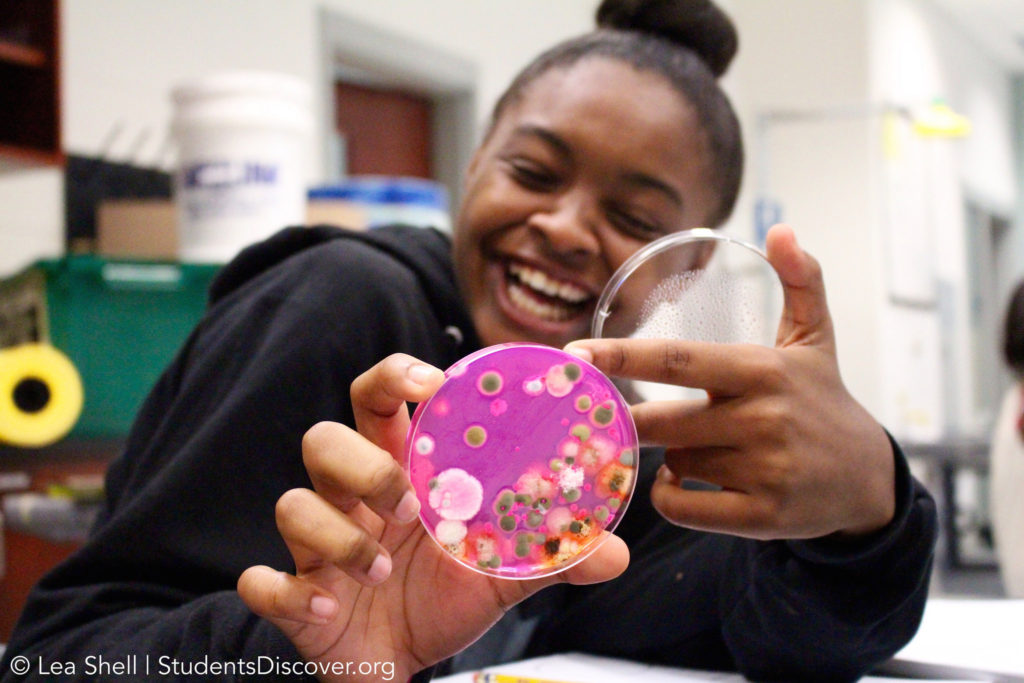
Some programs (like eMammal) are trying to make this easy for you and even have lesson plans created for educator. Check out the SciStarter education page (coming soon). Other teachers reported that citizen science programs actually lightened their load! The programs were there as support systems and provided resources to K-12 classrooms.
9. You can interact with real, living, breathing scientists! Previous research has demonstrated that most people cannot even name a living scientist. Citizen science programs are based on real science and therefore have scientists tied to the program. Many citizen science programs have scientists engaged in outreach and it can be easy to connect to them. For example, you can tweet a scientist and get the answers right away or have one visit your classroom.
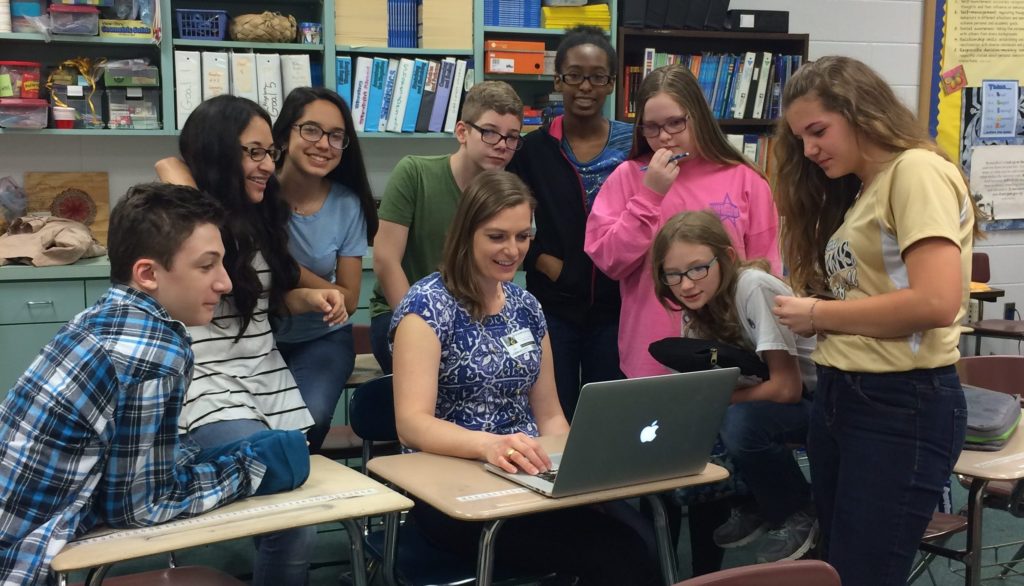
10. Citizen science connects students to the world around them. Because the data in citizen science are real, students are learning about their world. This can be local or global. For example, in eMammal, Instead of using drawings of plants and animals in food webs, you can use photos of real animals collected from around the world. You can also download real data or run automated analytics to learn about animals in any area of the world that eMammal is run.
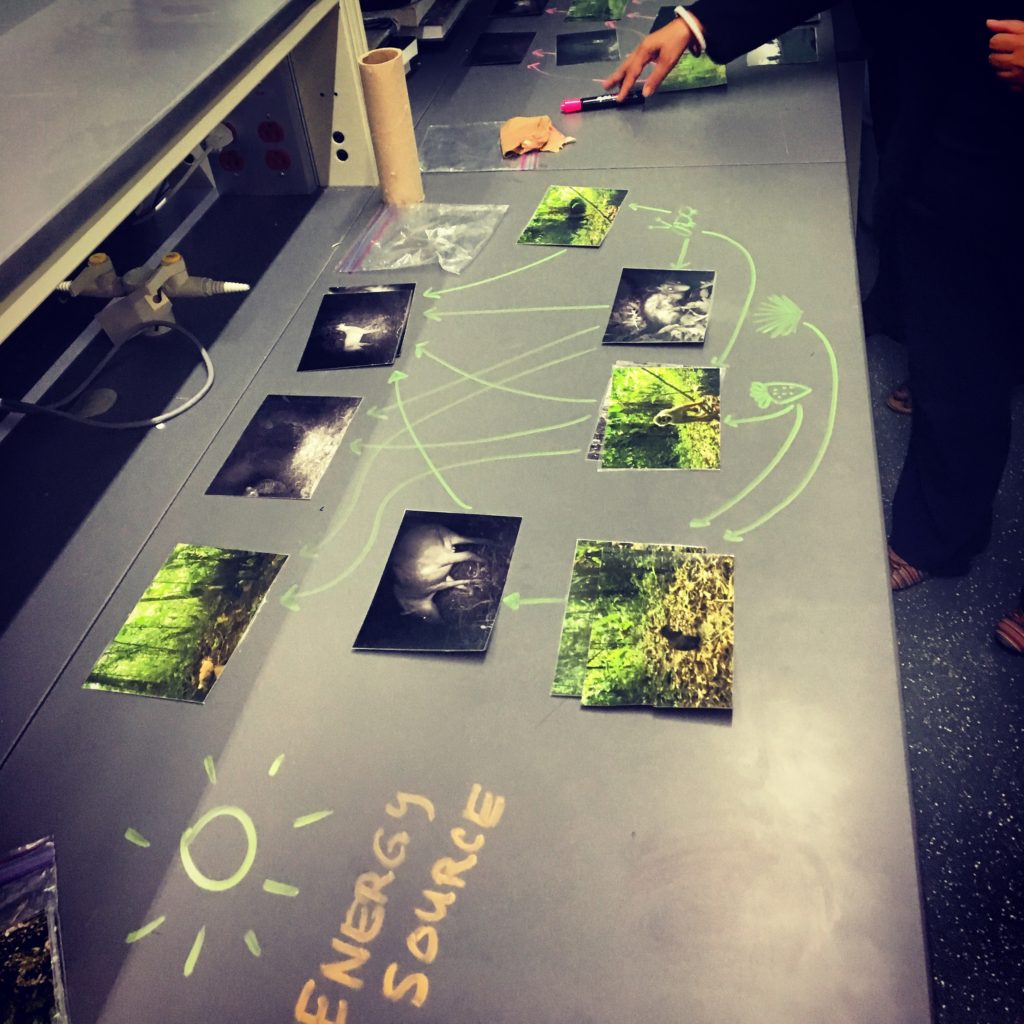
11. Citizen science inspires teachers too! One teacher reported that citizen science projects gave her inspiration to dive deeper into subjects that she traditionally didn’t like as much and would normally gloss over.
12. Students take ownership of their projects. Because it is for real science, they know their data are important and that the data are not just staying in the classroom. The data are used for real scientific research by scientists or scientific organizations. Students take data collection and scientific protocols seriously and have pride in their activities.
13. Citizen science address the NGSS of inquiry and process. The Next Generation Science Standards (NGSS) were set up to “to create a set of research-based, up-to-date K–12 science standards.” What better way to make your classroom research-based than to include real research?

Want more on citizen science? Check out North Carolina State professor’s book: Citizen Science: How Ordinary People are Changing the Face of Discovery.
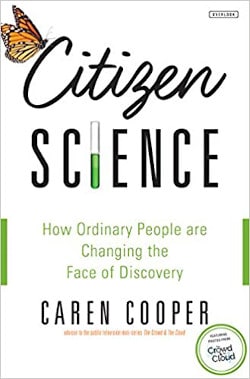
For the results of our student-collected camera trap data, read “Do Kids Make Good Citizen Scientists? Discoveries from eMammal Camera Traps Around the World.”
Love this post? Share it with friends!

